Hydrated Lime vs Agricultural Lime
tom6022
18 years ago
Featured Answer
Sort by:Oldest
Comments (22)
tapla (mid-Michigan, USDA z5b-6a)
18 years agofliptx
18 years agoRelated Professionals
Fillmore Landscape Architects & Landscape Designers · Milwaukee Landscape Architects & Landscape Designers · Brooklyn Park Landscape Contractors · Choctaw Landscape Contractors · Golden Gate Landscape Contractors · Hampton Bays Landscape Contractors · Brentwood Los Angeles Solar Energy Systems · Tarpon Springs Solar Energy Systems · Decatur Window Contractors · Denver Window Contractors · Merriam Window Contractors · Madison Fence Contractors · South San Francisco Fence Contractors · Van Nuys Fence Contractors · Franklin Fence Contractorstapla (mid-Michigan, USDA z5b-6a)
18 years agosleeplessinftwayne
18 years agofliptx
18 years agotom6022
18 years agotapla (mid-Michigan, USDA z5b-6a)
18 years agobcra5006
18 years agojdwhitaker
18 years agobighornedelk_hotmail_com
15 years agoswanz
14 years agoTony Serhal
9 years agofievel38 zone 6b
9 years agofievel38 zone 6b
9 years agoUser
8 years agotapla (mid-Michigan, USDA z5b-6a)
8 years agogardengal48 (PNW Z8/9)
8 years agorgreen48
8 years agoWoodsTea 6a MO
8 years agolitterbuggy (z7b, Utah)
7 years agolitterbuggy (z7b, Utah)
7 years agolast modified: 7 years ago
Related Stories
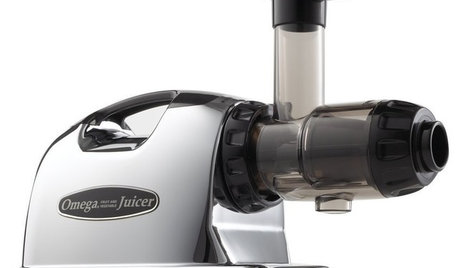
PRODUCT PICKSGuest Picks: Get Juicing
Stay hydrated and healthy with these tools and accessories for juicing fruits and vegetables right at home
Full Story
Video Gift Guide: 43 Finds for a Festive Home Bar
Shake up a party-ready bar with gleaming accents, dashes of red and enough glasses for every lord a-leaping
Full Story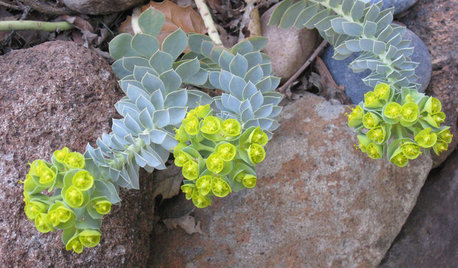
BLUE AND GRAY FOLIAGEGreat Design Plant: Donkey Spurge
Yes, there's the awful name, plus the sap issue. But this plant's foliage and flowers bring something special to Eastern U.S. gardens
Full Story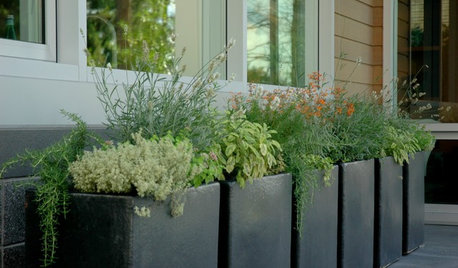
GARDENING AND LANDSCAPINGUnexpected Edible Gardens
How to grow your own herbs and vegetables almost anywhere
Full Story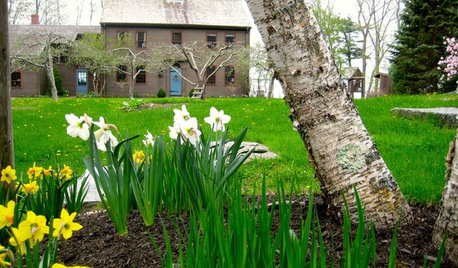
WORLD OF DESIGNWorld of Design: These Gardeners Dig Cold Climates
Passionate gardeners in Maine, Russia and northern Sweden know how to get the most from their short growing seasons and freezing conditions
Full Story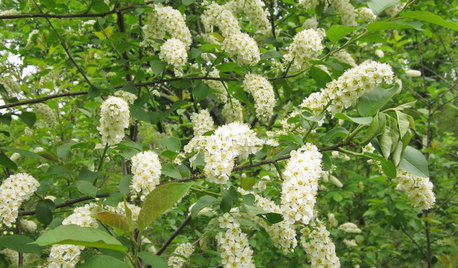
TREESNative Plant Alternatives to Invasive Common Buckthorn
Learn how to identify and control this aggressive plant, and what to grow in its place
Full Story
GARDENING GUIDESHow to Keep Your Citrus Trees Well Fed and Healthy
Ripe for some citrus fertilizer know-how? This mini guide will help your lemon, orange and grapefruit trees flourish
Full Story
GARDENING GUIDESGarden Myths to Debunk as You Dig This Fall and Rest Over Winter
Termites hate wood mulch, don’t amend soil for trees, avoid gravel in planters — and more nuggets of garden wisdom
Full Story
GARDENING GUIDESSpring Citrus Care Reaps Months of Sweet Rewards
Learn how to tend citrus trees in spring and ways to preserve their delicious fruit
Full Story
GREEN BUILDINGEcofriendly Cool: Insulate With Wool, Cork, Old Denim and More
Learn about the pros and cons of healthier alternatives to fiberglass and foam, and when to consider an insulation switch
Full Story






WoodsTea 6a MO